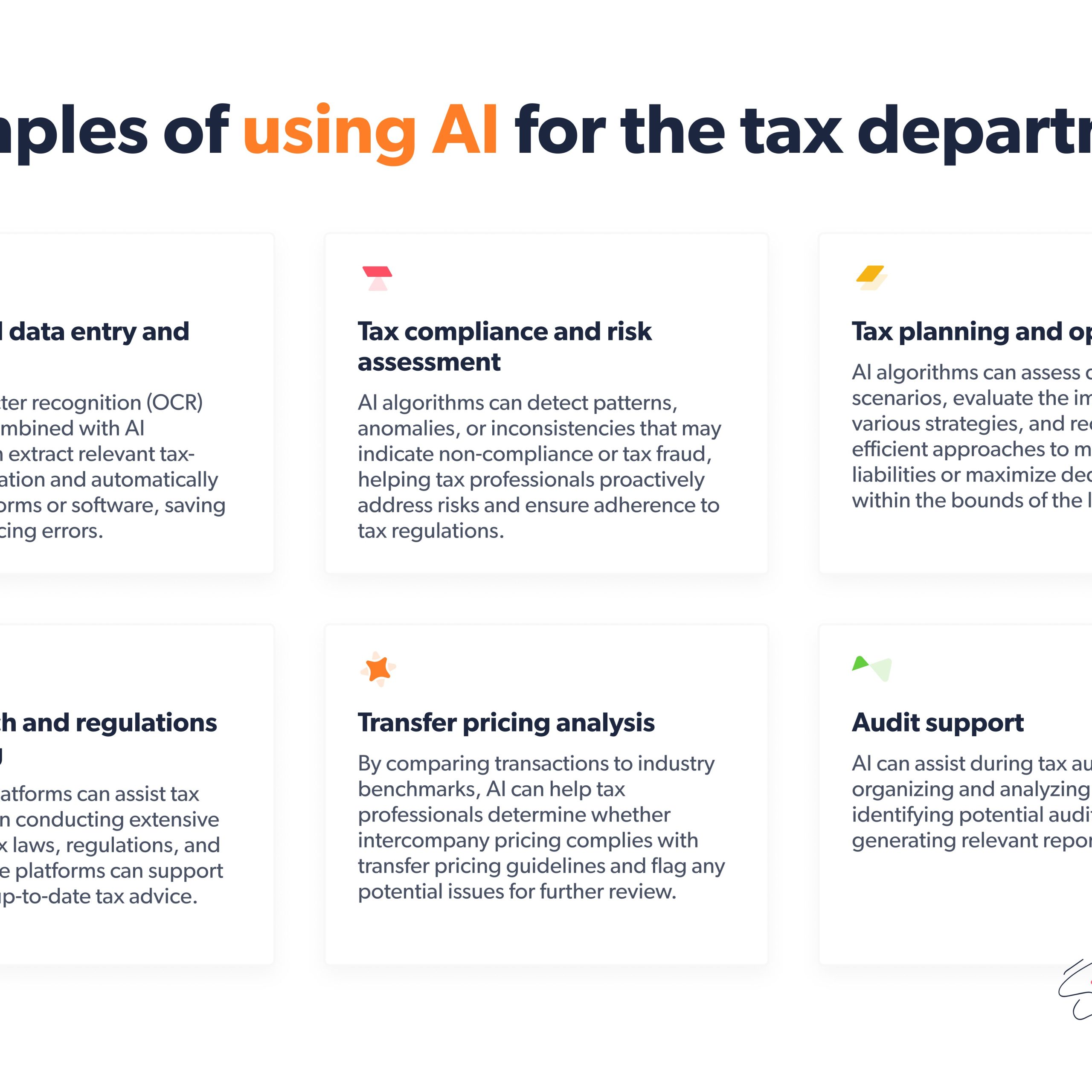Artificial Intelligence (AI) has made significant strides in various industries, revolutionizing the way businesses operate. However, when it comes to meeting tax obligations, a cautionary note is in order. While AI offers efficiency and convenience, relying solely on it for tax-related tasks can have unforeseen consequences. In this article, we explore the potential dangers of relying on AI to meet tax obligations and the need for a balanced approach.
The Allure of AI in taxation
AI has gained prominence for its ability to automate tasks, analyze large datasets, and make predictions based on patterns. In the field of taxation, this technology has been embraced for its potential to streamline procetses, reduce errors, and improve compliance. Many organizations have turned to AI-powered solutions to handle tax calculations, data entry, and even decision-making.
The pitfalls of overreliance
While AI holds promise, overreliance on this technology in tax matters can lead to a host of issues. Rob Chedzoy, a tax partner at Milsted Langdon, warns against the dangers of entrusting critical tax obligations solely to AI systems. Here are the key risks associated with excessive dependence on AI:
1. Lack of human judgment
One of the fundamental issues with relying on AI for tax-related decisions is the absence of human judgment. Taxation often involves complex scenarios that require a nuanced understanding of laws, regulations, and individual circumstances. AI, no matter how advanced, lacks the ability to consider context and exercise discretion as effectively as a human tax professional.
2. Data accuracy and integrity
AI systems are only as good as the data they are fed. Errors in data entry or incomplete information can result in incorrect tax calculations and submissions. Unlike humans, AI does not have the innate ability to detect anomalies or assess the reliability of the data it processes. This can lead to compliance issues and potential legal consequences.
3. Regulatory compliance
Tax laws and regulations are subject to change, and staying compliant requires continuous monitoring and adaptation. AI systems may struggle to keep up with evolving tax codes and regulations. Failure to adhere to the latest tax requirements can result in penalties and financial setbacks for businesses.
4. Lack of accountability
When a tax-related error occurs, accountability becomes a crucial issue. Human tax professionals can be held responsible for mistakes, providing a level of accountability and recourse. In contrast, AI systems do not bear personal responsibility, making it challenging to assign blame or seek redress in case of errors.
Striking a balance
It’s essential to strike a balance between leveraging AI for tax-related tasks and maintaining human oversight. Here are some key considerations for businesses and individuals:
1. Human expertise
While AI can handle routine and data-intensive tasks, it’s advisable to involve human tax professionals in critical decision-making processes. Their expertise, judgment, and ability to adapt to changing tax laws are invaluable.
2. Data verification
Regularly audit and verify the data used by AI systems. Ensure data accuracy and integrity to minimize the risk of errors in tax calculations.
3. Continuous learning
Stay updated on tax laws and regulations to ensure compliance. Human tax professionals can play a pivotal role in monitoring changes and adjusting strategies accordingly.
4. Accountability framework
Establish an accountability framework that outlines responsibilities when using AI for tax-related tasks. Define who is accountable for errors and how they will be addressed.
While AI has the potential to enhance efficiency and accuracy in tax-related processes, it should not replace the human element entirely. The risks associated with overreliance on AI for tax obligations are significant and can have far-reaching consequences. To navigate the complex landscape of taxation successfully, a balanced approach that combines the strengths of AI with human expertise is the way forward.





